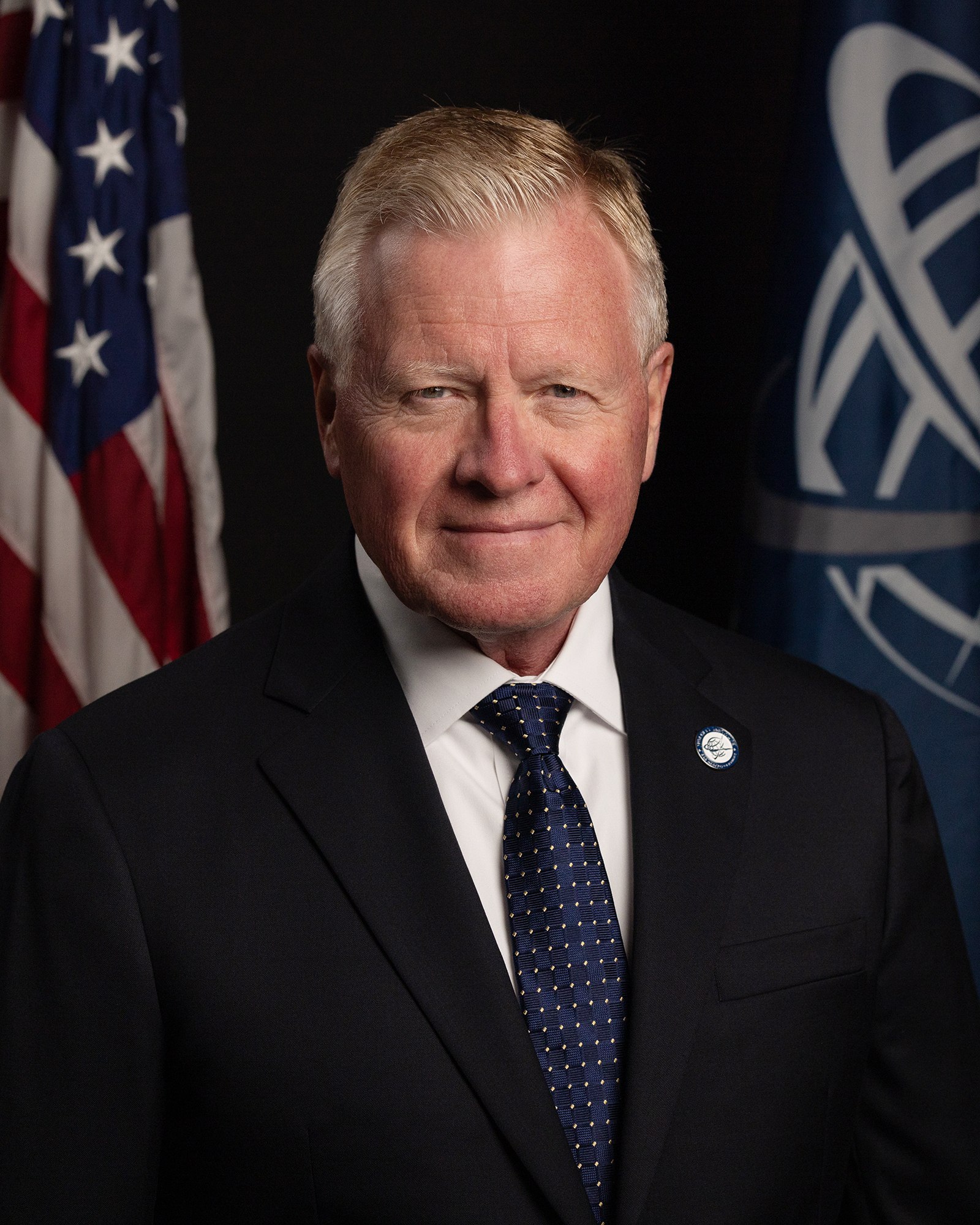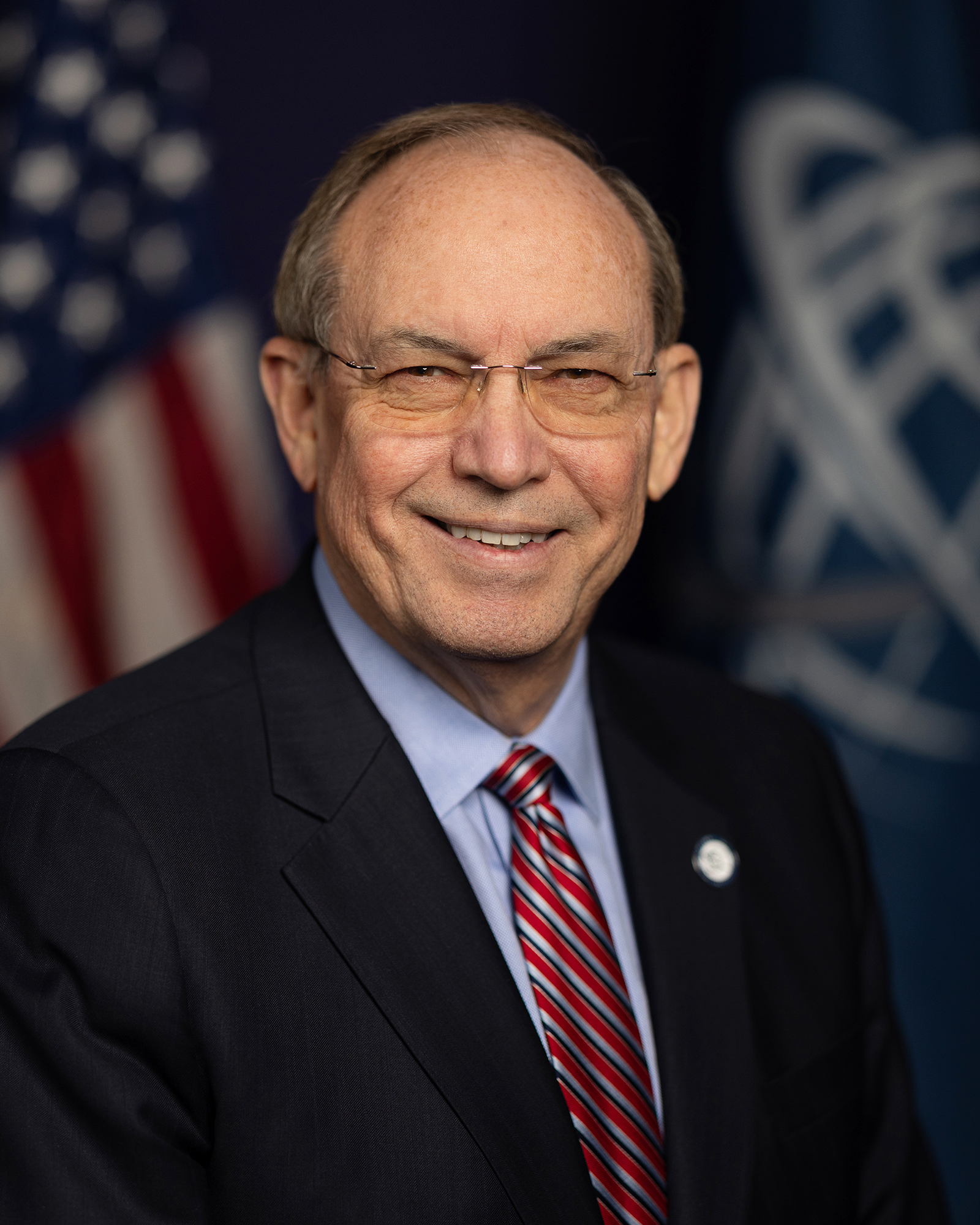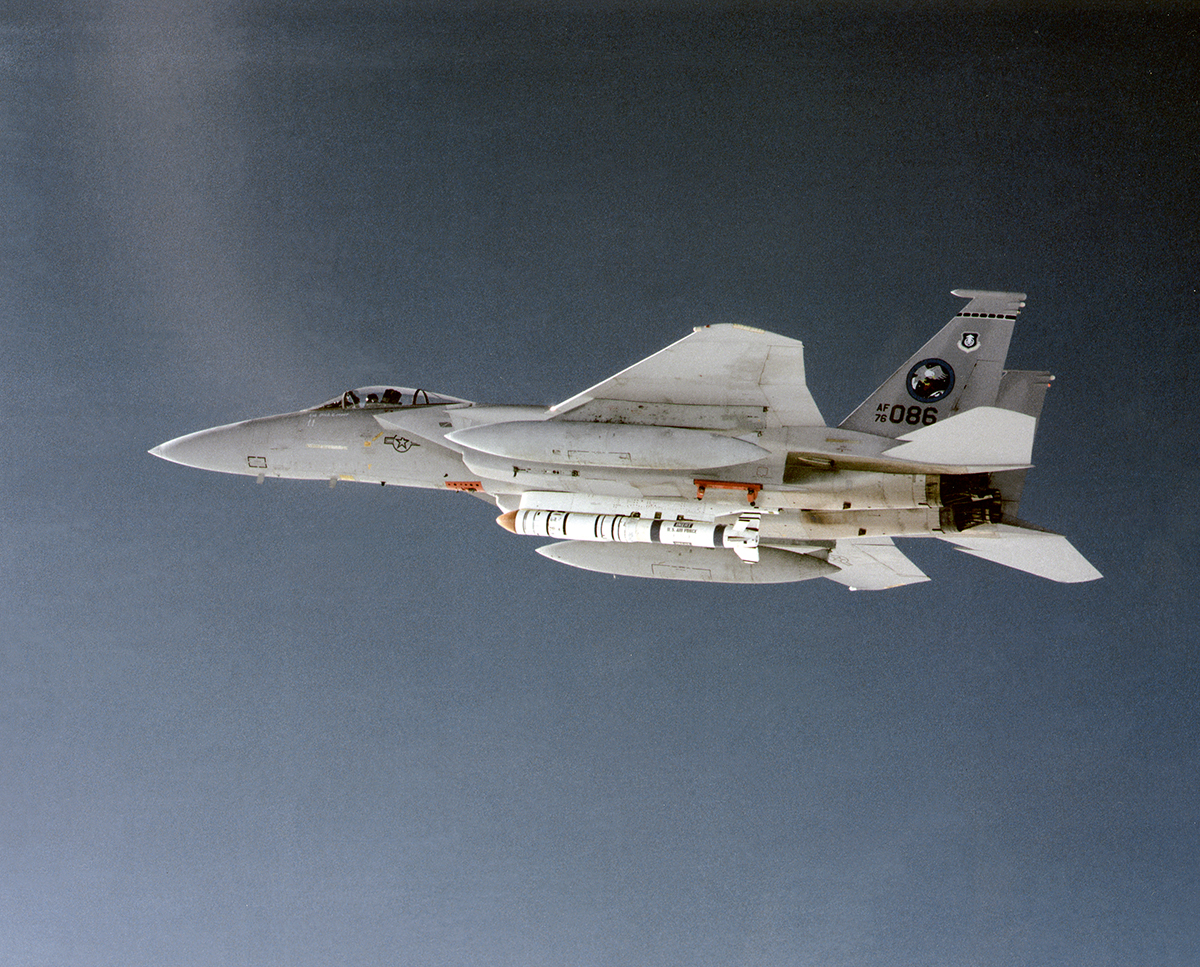Watch the Mitchell Institute for Aerospace Studies’ release of its new policy paper. Reimagining the MQ-9 Reaper, by Maj Gen Larry Stutzriem, USAF (Ret.), Director of Research. Bryan Clark, Senior Fellow and Director of the Center for Defense Concepts and Technology at Hudson Institute; Todd Harrison, Director, Defense Budget Analysis at the Center for Strategic and International Studies (CSIS); and Caitlin Lee, Associate Director, Acquisition and Technology Policy Center, RAND Corporation join Gen Stutzriem for a panel discussion.
For the past two decades, Air Force remotely piloted aircraft, including the MQ-9 Reaper, operated in a narrow band of applications in regions like Afghanistan and Iraq. With the rise of peer competitors like China and Russia, threats posed by nuclear ambitious North Korea and Iran, and continuous challenges driven by non-state actors like ISIS and al Qaeda, the U.S. now faces an extremely broad set of threats—all are surging. However, the Air Force is stretched thin with an aircraft inventory that is both old and small, and resources ahead look strained. The Air Force must examine the potential for new uses of the MQ-9 across the threat spectrum. Whether helping protect bases, adding counter maritime capability, continuing to engage terrorist threats, or protecting the homeland, these aircraft are engines of innovation in the hands of Air Force’s most innovative airmen. While the Reaper will not survive over the most defended regions, it can perform critical missions to deter and check adversary actions. Bottom line, aircraft like the MQ-9 are available in plentiful numbers, are relatively new, enjoy low hourly operating costs, and afford a broad range of sensor-shooter capabilities without placing airmen at risk. Reimagining the Reaper in new ways can help fill capability and capacity gaps.
Watch
Listen
Speakers
 Bryan ClarkSenior Fellow and Director of Center for Defense Concepts and Technology, Hudson Institute
Bryan ClarkSenior Fellow and Director of Center for Defense Concepts and Technology, Hudson Institute Dr Caitlin LeeDirector, Acquisition and Technology Policy Program; Senior Political Scientist, RAND
Dr Caitlin LeeDirector, Acquisition and Technology Policy Program; Senior Political Scientist, RAND Maj Gen Larry Stutzriem USAF (Ret.)Director of Research, Mitchell Institute for Aerospace Studies
Maj Gen Larry Stutzriem USAF (Ret.)Director of Research, Mitchell Institute for Aerospace Studies Todd HarrisonDirector, Defense Budget Analysis at the Center for Strategic and International Studies
Todd HarrisonDirector, Defense Budget Analysis at the Center for Strategic and International Studies Lt Gen David A. Deptula USAF (Ret.)Dean of the Mitchell Institute for Aerospace Studies
Lt Gen David A. Deptula USAF (Ret.)Dean of the Mitchell Institute for Aerospace StudiesDownloads
Media Coverage
- Making the Case for a Re-imagined MQ-9 Reaper
Signal Media
